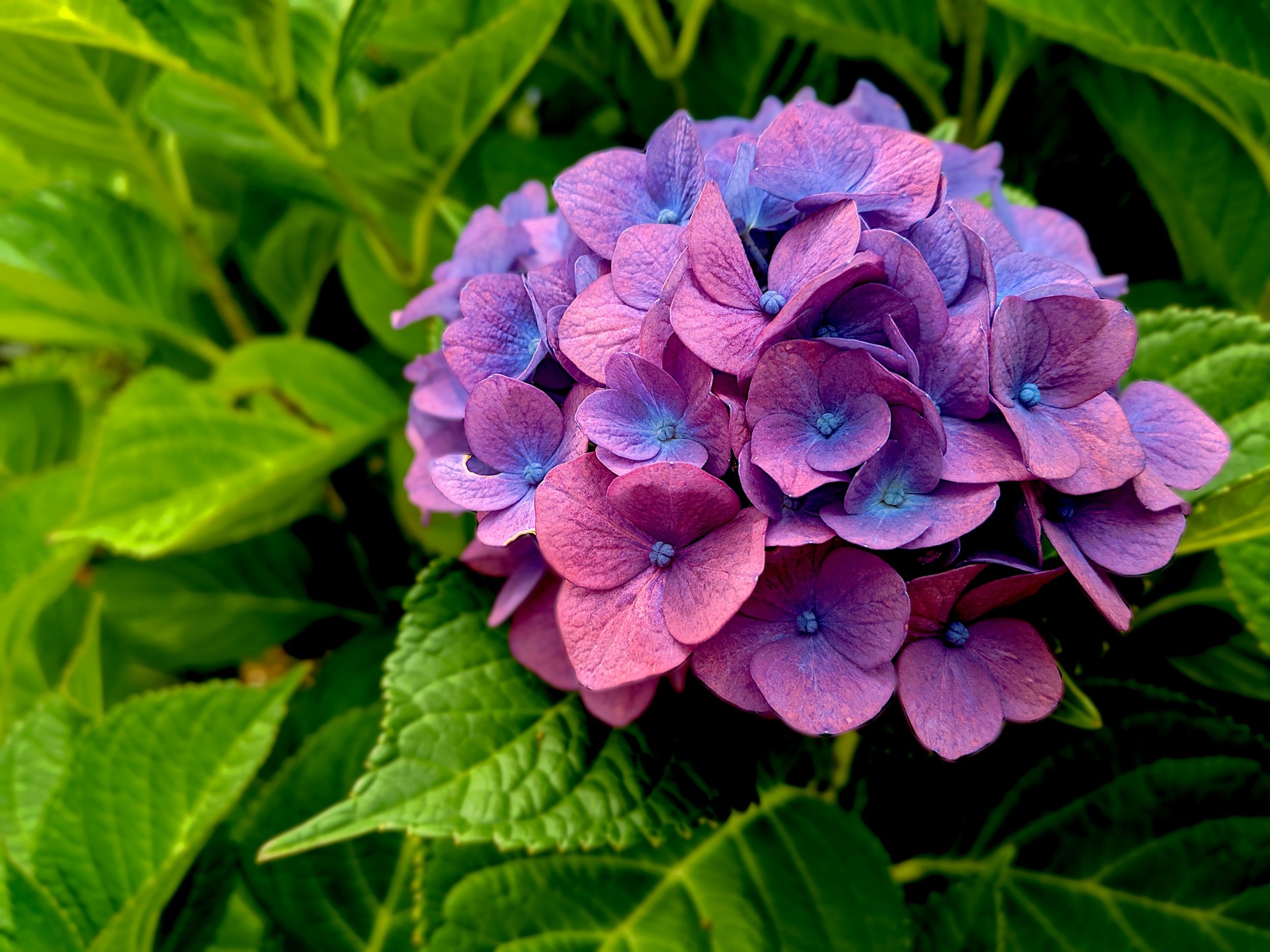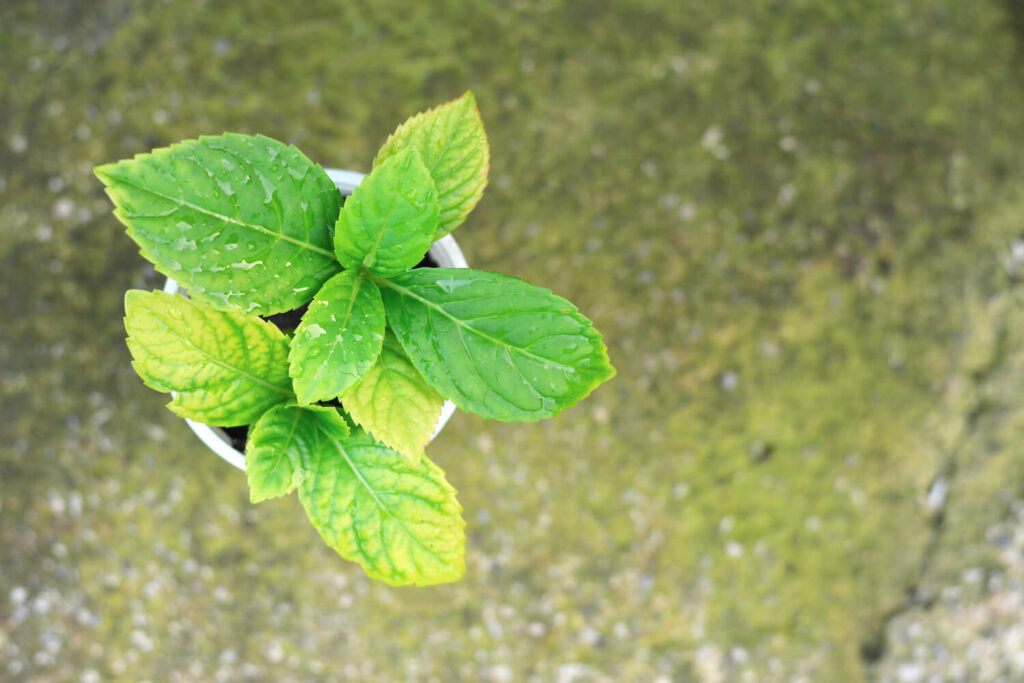Everything about Hydrangea Leaves Turning Yellow
Wiki Article
Getting The Hydrangea Leaves Turning Yellow To Work
Table of ContentsHow Hydrangea Leaves Turning Yellow can Save You Time, Stress, and Money.Some Known Incorrect Statements About Hydrangea Leaves Turning Yellow The Only Guide for Hydrangea Leaves Turning YellowThe Definitive Guide to Hydrangea Leaves Turning YellowHydrangea Leaves Turning Yellow Fundamentals ExplainedSome Of Hydrangea Leaves Turning Yellow
One possibility is that the plant is not obtaining adequate sunshine. During the cold weather, the days are shorter, and the sun is not as intense, so see to it to place your Hydrangea in a spot where it will access least 6 hours of sunlight every day. Another factor for Hydrangea yellow leaves in winter season can be excessive water.Ultimately, the leaves may be transforming yellow due to temperature level stress and anxiety. Hydrangeas like cooler temperatures, so if the plant is in a spot that gets too warm or too cool, the leaves will transform yellow. If you think temperature level stress may be the concern, try moving your Hydrangea to a various area or shielding it from the components with a burlap cover.

8 Simple Techniques For Hydrangea Leaves Turning Yellow
In the spring when the mercury stays fairly reduced, they'll do fine. When points warm up over the summertime nevertheless, time spent in the early afternoon rays can cause unknown damage.: Grow your hydrangeas in a place where they'll get sunlight in the early mornings or evenings, yet not throughout the peak hours.Wilting is brought on by lack of wetness, implying there are a couple of good tricks to utilize to stop this from happening - Hydrangea Leaves Turning Yellow. Offer your hydrangeas a healthy glug of water every few days when the temperature levels are climbing up high, and deal with the dirt to far better retain wetness. After watering, a bit of compost around the base of each plant ought to aid with this by keeping moisture in the soil

8 Simple Techniques For Hydrangea Leaves Turning Yellow
As a general rule of thumb, we suggest removing leaves when they are 50% brownish or greater. While browning triggered by any type of reason can't be reversed, taking the corrective action described above will encourage the plant to grow new fallen leaves so the damaged leaves either drop off naturally or can be eliminated by the gardener.Hydrangeas must be sprinkled only when the leading few inches of dirt are completely dry, and need to be provided a comprehensive soaking each time. Underwatered hydrangeas are most likely to have yellow, wilting, and sagging fallen leaves.
The means you deal with hydrangea leaves turning yellow depends on the crucial problem triggering the yellow fallen leaves. This can be challenging to figure out, but when you do you will certainly have the ability to readjust your plant care accordingly to deal with the issue. Hydrangea Leaves Turning Yellow. As mentioned previously, a typical issue with hydrangeas is nutrient deficiencies
Fascination About Hydrangea Leaves Turning Yellow
During the top growing season, you should water at my response a rate of regarding 1 inch per week. If you are fretted about not correctly watering your hydrangeas, there are a pair of points you can do. Including mulch to the base of the plants over the origin area help to control the temperature level around the hedge and retain water in the dirt.Alternatively, you can buy and install straightforward watering worlds. Watering worlds hold water in them and slowly launch this water right into the soil as the ground becomes completely dry. Just load the globe with water, stick the spout right into the soil within the origin area near the base of the plant, and leave it in place until all the water is gone.
If it is too extreme, some plants will never recoup from transplant shock and will certainly remain to decline until they die. Minimize transplant shock by consisting of as numerous origins as possible when excavating up your plant to relocate it. Be sure to offer even more water than typical in the weeks following growing to aid your plant recuperate and expand new roots.
How Hydrangea Leaves Turning Yellow can Save You Time, Stress, and Money.
To prevent spreading fungal illness, make sure to thouroughly tidy and sanitize any kind Check Out Your URL of pruning tools before and after usage. Lastly, you can attempt to flush the origins with water to get useful link rid of excess fertlizer.
Your hydrangea plant likes well-drained, moist dirt. If the pot has poor water drainage, or your soil is swamped, the fallen leaves will start to transform yellow.
If you don't water your hydrangea plant for more than a week, the leaves will certainly begin transforming yellow. Fungal diseases that assault the plants tend to reveal indications on the origins and the leaves of the plant.
How Hydrangea Leaves Turning Yellow can Save You Time, Stress, and Money.
Fallen leave place is another fungal condition that can target hydrangea. It results in the leaves turning yellow and the appearance of brown and purple areas on the fallen leaves.Report this wiki page